Fall is in the air, the leaves are changing color and the ground is decorated with beautiful autumn leaves. What a great time to do some wild math and make math learning fun with leaves!
We all know kids learn better with hands on activities and manipulatives for math. Leaves are great seasonal objects to use as manipulatives for hands on math activities. Collecting leaves for math learning is also a great cross curricular activity. While collecting leaves for the activity, rich conversations about why leaves change color in the fall, and why some trees drop their leaves can be tied in to science curriculum.
Here is a list of 4 fun activities that can be adapted for different age groups and grade levels.
This post may contain affiliate links. Please read our disclaimer for more info.
1. Wild Math – Using Leaves to Make Patterns
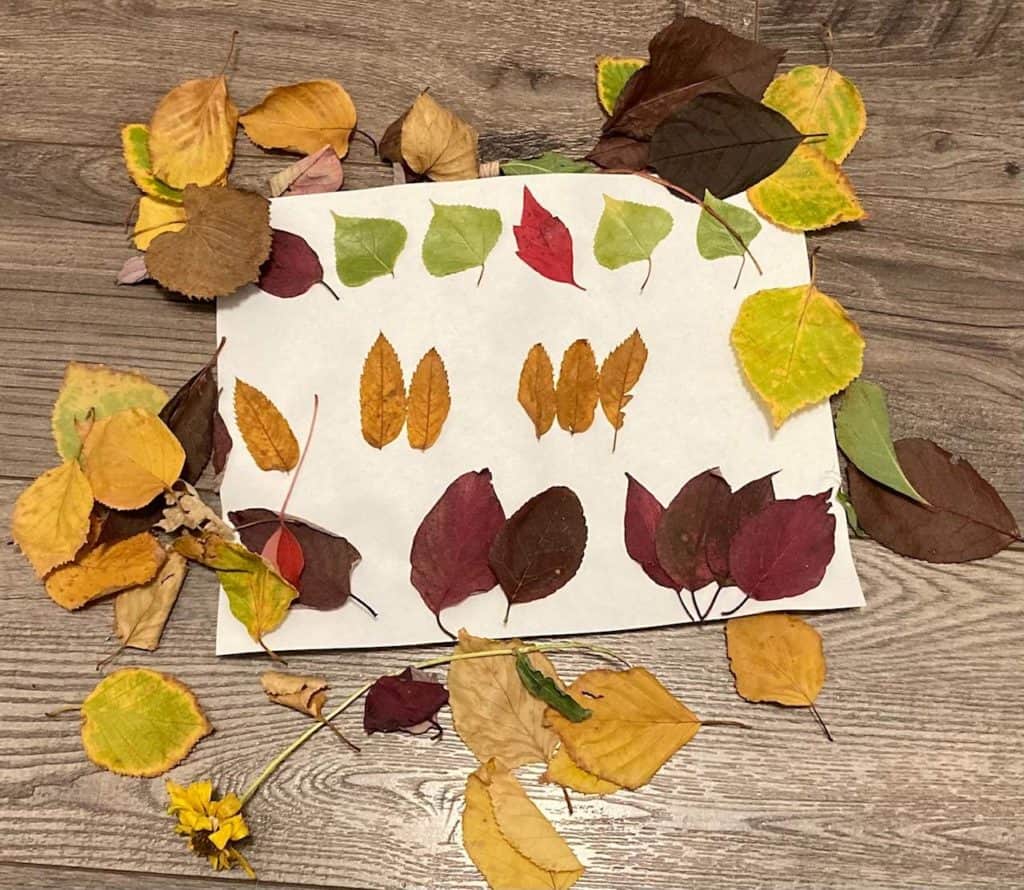
Pattern recognition and pattern making starts as early as kindergarten, and continues through the higher grade levels with patterns getting significantly more complex. In the early years, children begin to recognize, create, copy and extend patterns. Colors and shapes are popular pattern elements; subsequently, autumn leaves are great to use as they can be found in a variety of colors and shapes.
Older children can also be encouraged to build more complex patterns such as growing patterns. They can also be asked to construct tables of values and determine pattern rules leading to the exploration of algebraic relationships.
2. Using Leaves to Illustrate Multiplication
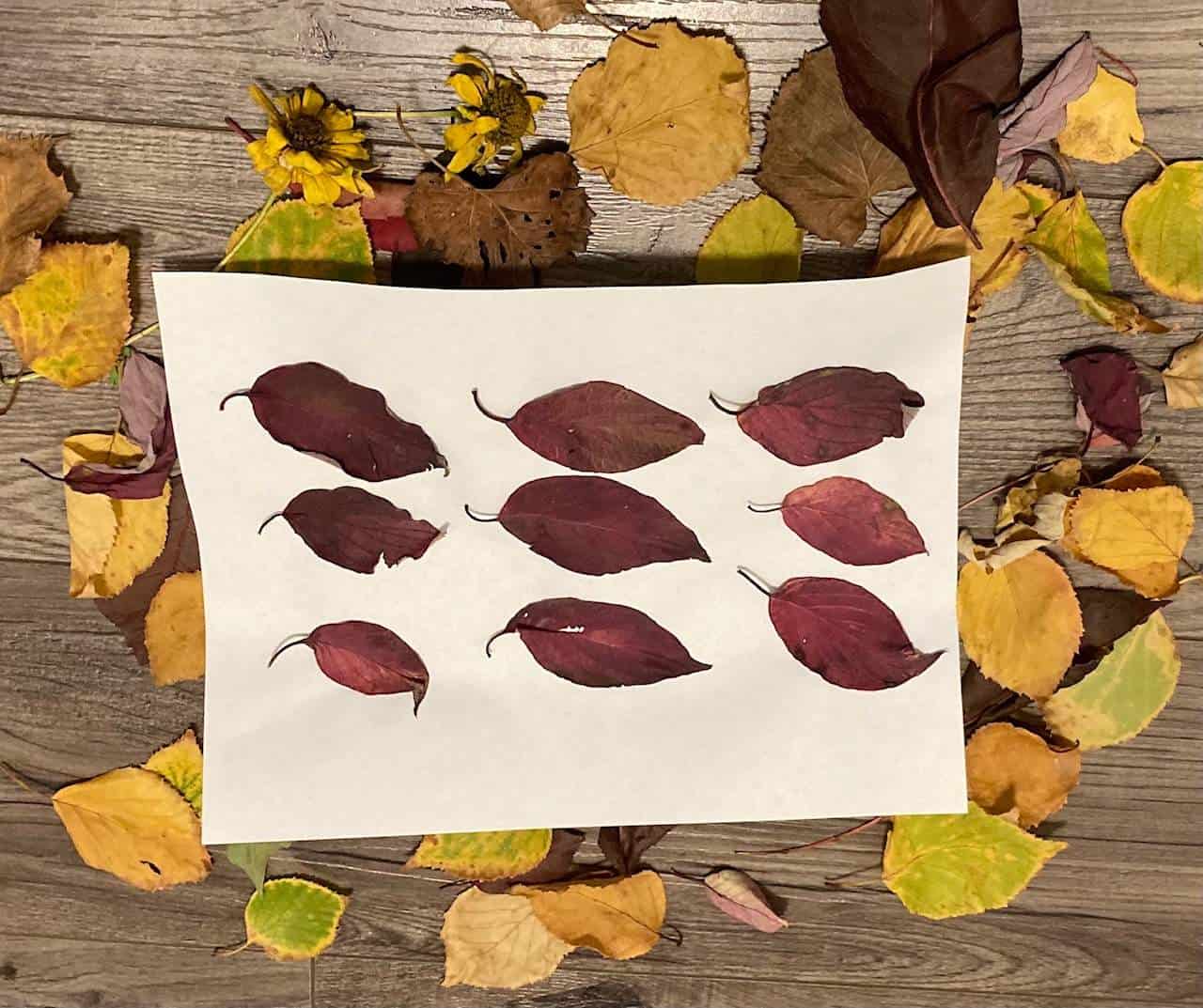
Arranging leaves in rows and columns, or arrays, is a great way to represent multiplication concepts. In addition, arrays can be used to teach skip counting to learn multiplication facts. Similarly arrays are useful in introducing area models to multiply. Children can be asked to create their own multiplication arrays, or they can be asked to write the multiplication statements represented by the arrays, and then solve for the total number of leaves.
3. Bring Wild Math Inside -Making Fractions out of Leaves

Leaves can be used in many ways to represent fractions. Large symmetrical leaves can be divided, or cut up into equal parts. Sets can be made with different colors of leaves, or leaves from different trees, then questions such as “what fraction of the set is red?” can be asked. A cluster of leaves, as seen above, can represent one whole. Then students can determine what various numbers of single leaves can represent.
4. Algebra with Leaves?? Let’s Do It!
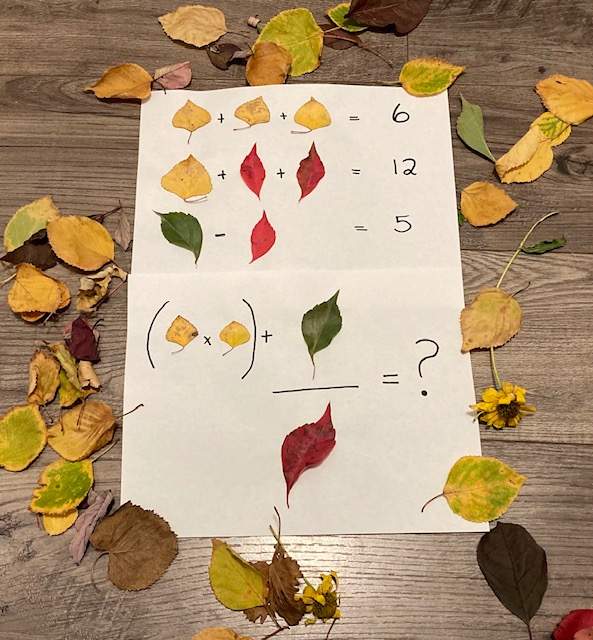
Using an item such as a leaf as an unknown variable is actually a great way to introduce or reinforce algebraic thinking. Many kids are intimidated by the letters x and y in equations, but as soon as you add a familiar item and tell them they have to figure out the “secret number” it becomes less intimidating, and a fun challenge. Have you ever seen the Facebook posts where you have to figure out the value of symbols such as apples, bananas and cherries. They are a hit with adults and children alike.
Algebra with leaves can be as easy or difficult as you make it. For children starting out in algebra, a single leaf can represent a single unknown variable they need to solve. They may solve this with inspection, by guessing and checking, or by using the opposite operation. For children familiar with algebra more complex equations can be made with multiple unknowns. Really, the sky (and its falling leaves) is the limit!
Don’t be afraid to get wild!
There are so many ways to learn in, and with nature for all subjects. The next time you are outside, look around and think about how you could make use of what nature provides us. Think about how items in nature can replace objects that are traditionally used in the classroom. And don’t forget, part of the experience of using natural materials, is having kids go outside to collect them.
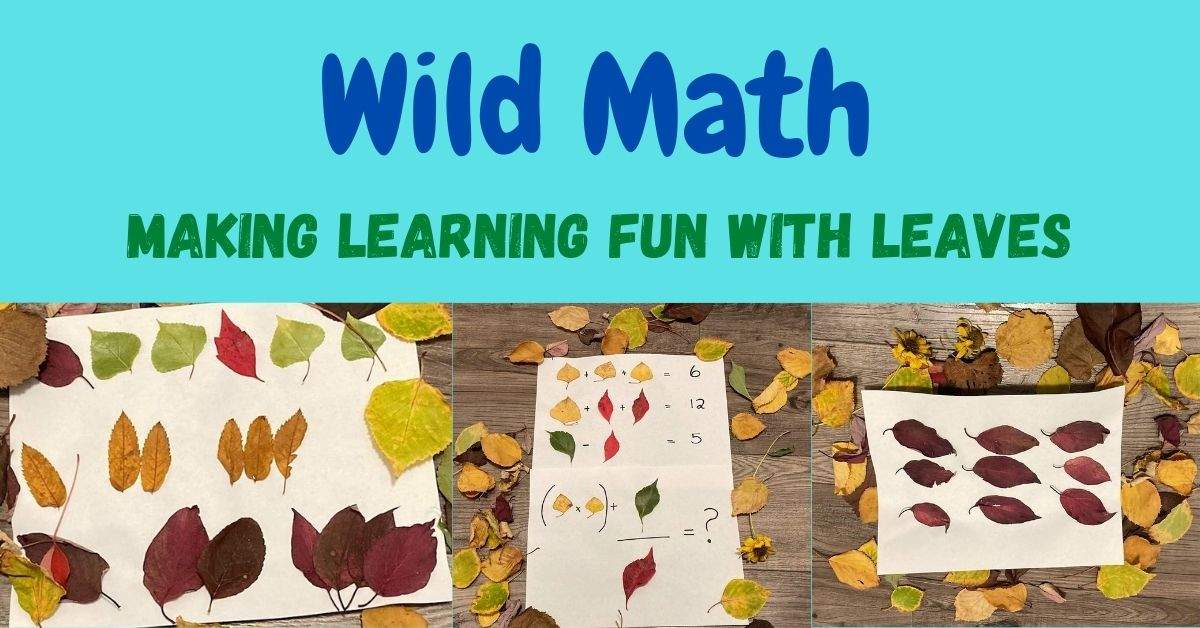

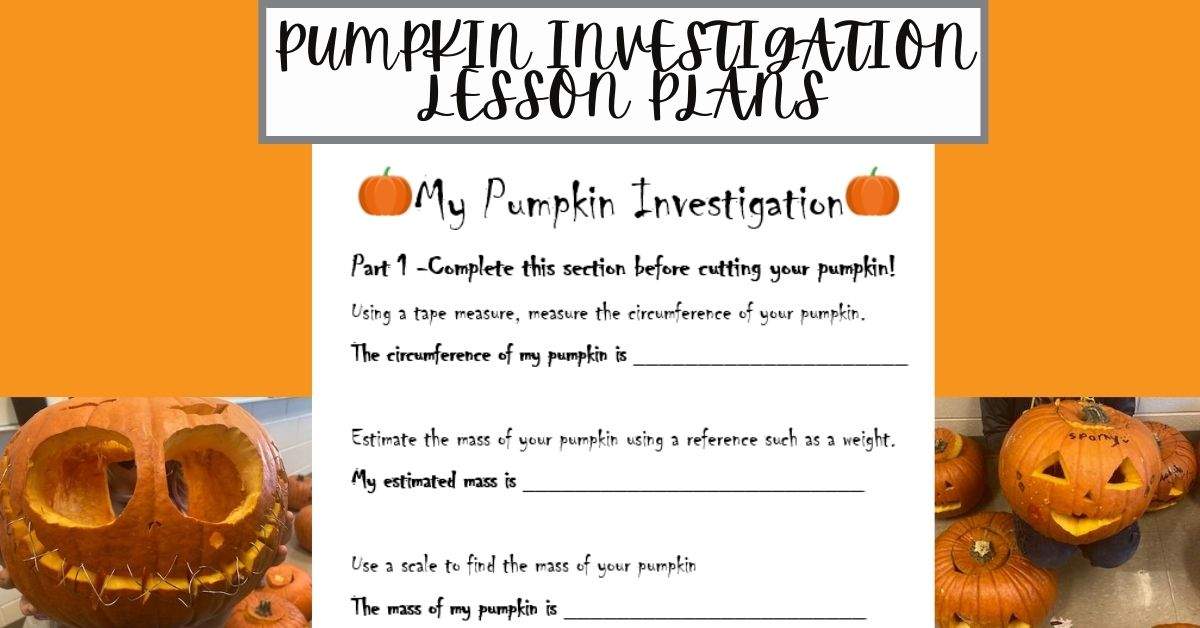
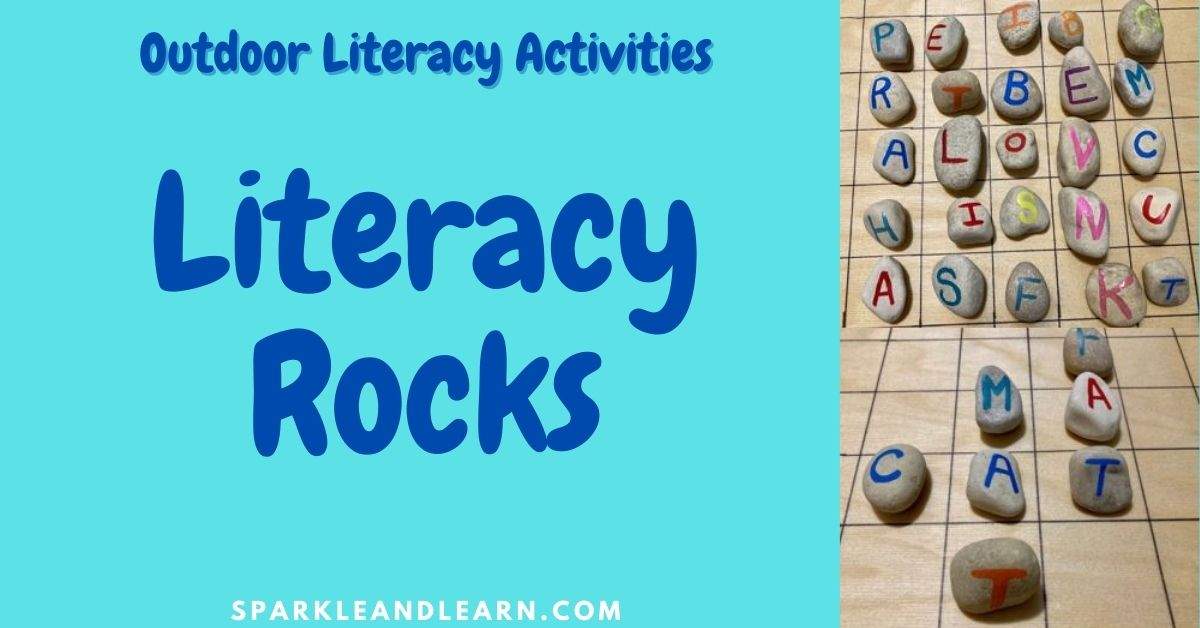
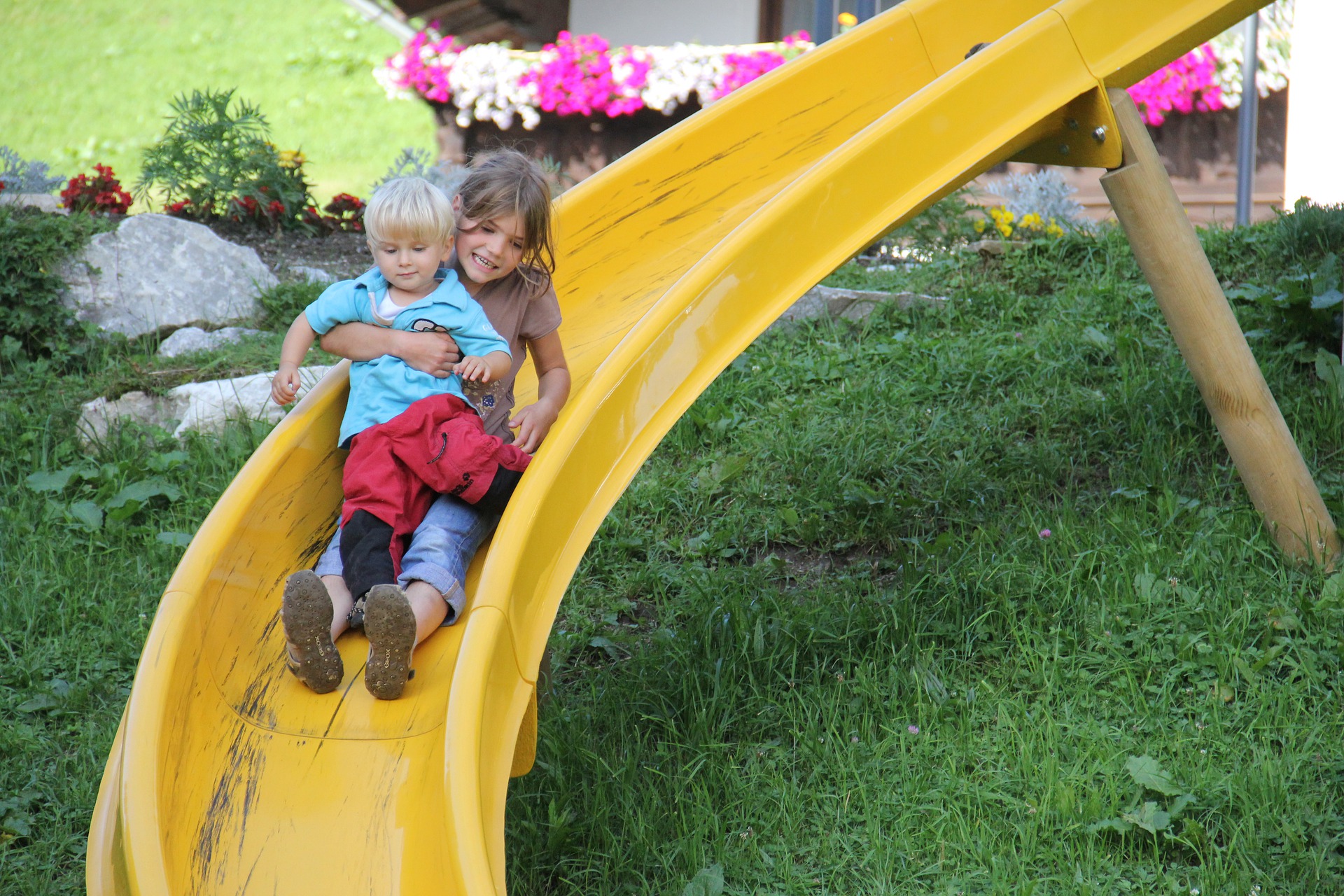
1 thought on “Wild Math- Make Math Learning Fun with Leaves!”
Comments are closed.